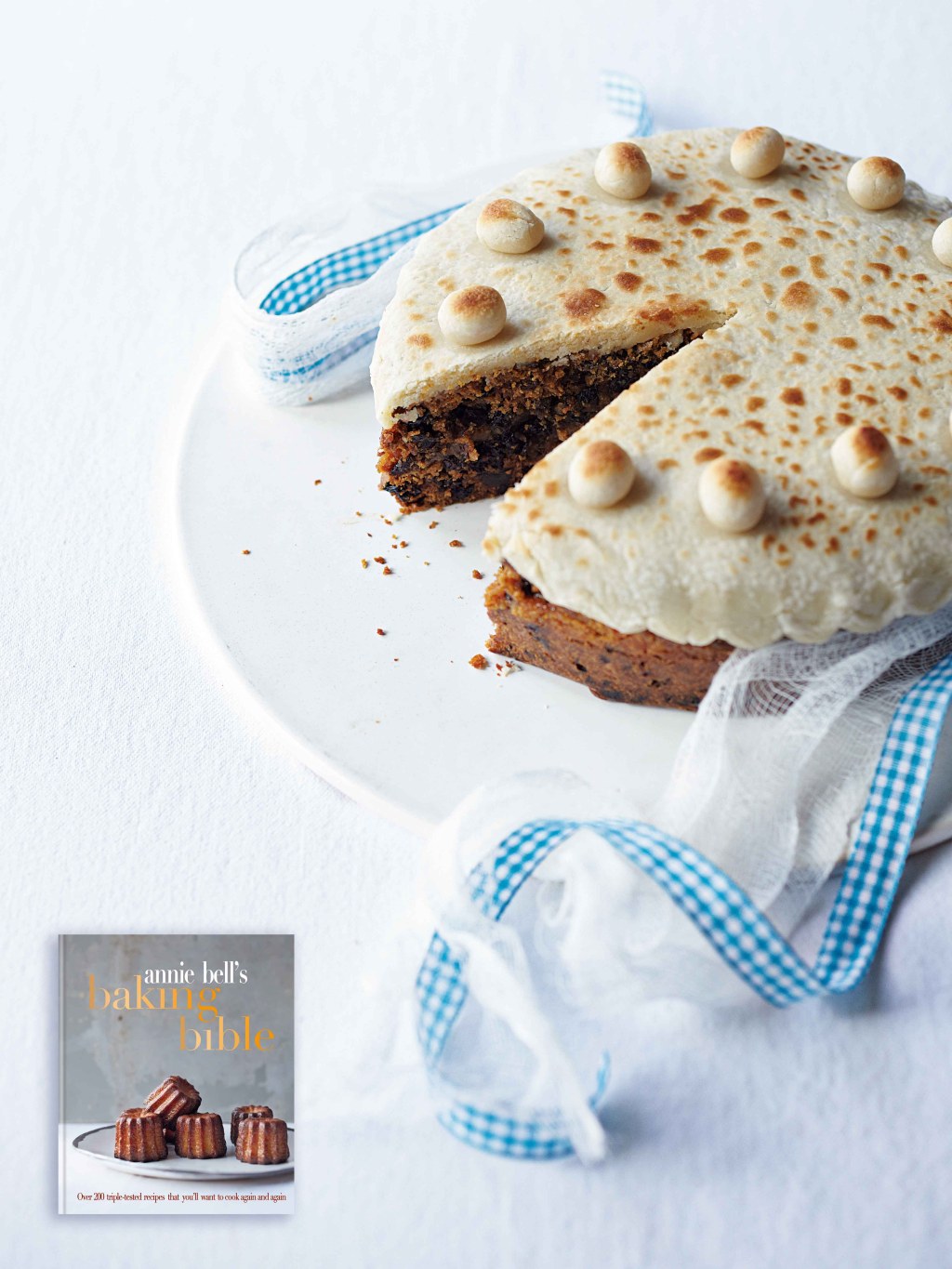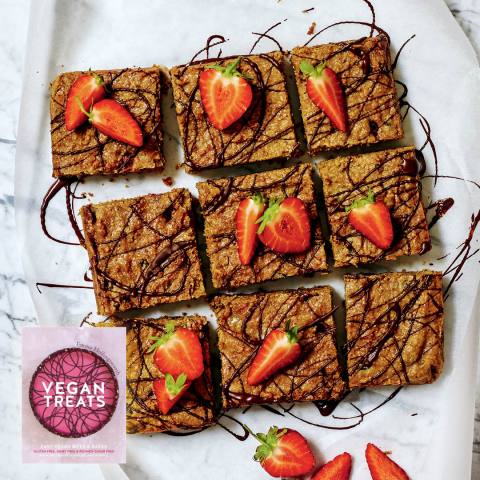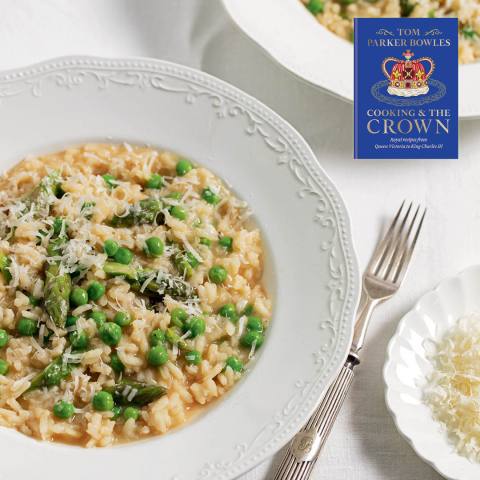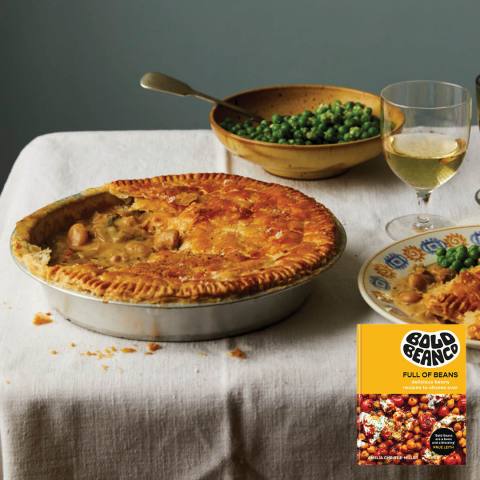Simnel Cake

‘A Simnel cake is decorated with twelve marzipan balls that represent the twelve apostles. The marzipan is toasted under the grill, which gives it a delicate fine crust.’ – Annie Bell, author of Annie Bell’s Baking Bible
Makes 1 x 20 cm cake
For the marzipan
200g ground almonds
200g icing sugar
1 teaspoon lemon juice
1 teaspoon brandy or dark rum
1 medium organic egg, separated
For the cake
225g plain flour
½ teaspoon each ground
cinnamon, nutmeg and allspice or ginger
180g unsalted butter, diced
50g demerara sugar
3 medium eggs
1 rounded tablespoon treacle
½ teaspoon fine sea salt
100ml whole milk
400g currants
225g sultanas
finely grated zest of 1 lemon and 1 orange
200g coarse-cut marmalade
Kit
Food processor
Clingfilm
20cm non-stick cake tin with a removable base, 9cm deep
Baking paper
Pastry brush
Little Extras
Unsalted butter for greasing
Icing sugar for dusting
Yellow or white organza or other thick ribbon
To make the marzipan, place the almonds, icing sugar, lemon juice, brandy or rum and egg yolk in the bowl of a food processor and whizz together. Add just enough of the egg white to form a pliable paste. Wrap the marzipan in clingfilm and chill. If necessary, the marzipan can be made a day in advance.
Preheat the oven to 130°C fan oven/150°C electric oven and butter a 20cm non-stick cake tin with a removable base, 9cm deep. Line the base with baking paper, and then the sides, and butter again. Also cut out another circle of paper the diameter of the tin for the top of the cake and cut a hole in the centre about 2.5–3cm in diameter.
To make the cake, sift the flour and spices together in a large mixing bowl. Place the butter and sugar in the bowl of a food processor and cream together, then add the eggs one at a time, with a little flour in between, and then the treacle. Now add the rest of the flour with the salt and finally the milk. Transfer the mixture to the large mixing bowl. Stir in the dried fruit and zest. Gently warm 150g of the marmalade and press it through a sieve. (Reserve the sieved jam for later.) Finely chop and stir the marmalade peel into the cake mixture.
Spoon half of the cake mixture into the prepared tin, smoothing the surface. Roll out a little under half of the marzipan on a work surface lightly dusted with icing sugar into a circle the diameter of the cake tin, trimming to fit. Lay the marzipan on top of the cake mixture in the tin. Reserve the trimmings with the remainder of the marzipan. Spread the sieved marmalade in a thin layer on top of the marzipan and then spoon over the remaining cake mixture.
Loosely cover the surface with the paper circle and bake for 2¾–3¼ hours. The cake should be firm to touch and if you insert a skewer down as far as the marzipan it should com

e out clean. Leave it to cool completely. You can now mature the cake for up to a couple of weeks if you wish, wrapping it in a double thickness of baking paper and storing it somewhere cool, which allows the crumb to settle.
To decorate the cake, preheat the grill to medium-high and peel the lining paper off the cake. Thinly roll out the remaining marzipan on a work surface lightly dusted with icing sugar into a circle about 2cm bigger than the cake, using the tin as a guide. Gently warm and sieve the remaining 50g marmalade as before, and use to paint the top of the cake and the top 1cm of the sides. Lay the marzipan over the cake, gently pressing it against the top and sides and use your finger to mark the edge. Roll the trimmings into 12 balls, slightly smaller than a cherry, dab a little jam onto the base of each and arrange around the outside of the cake. Place the cake under the grill to toast the surface – this happens quite quickly – turning the cake to colour the balls evenly. Set aside to cool completely. To serve tie a pretty yellow and white organza or other thick ribbon around the outside.
This is an extract from Annie Bell’s Baking Bible by Annie Bell.






